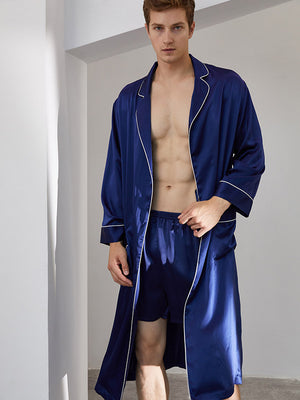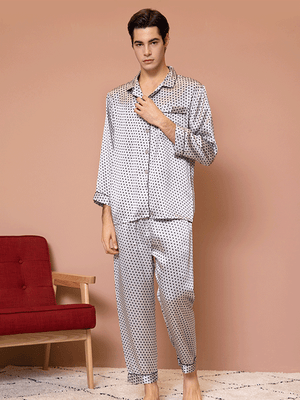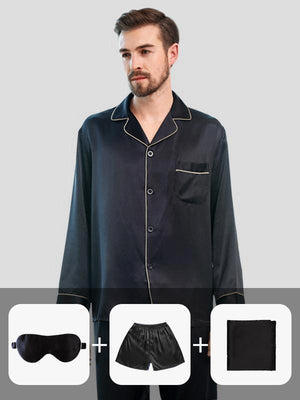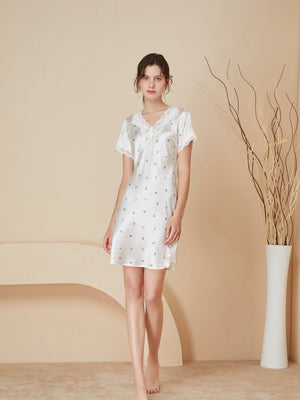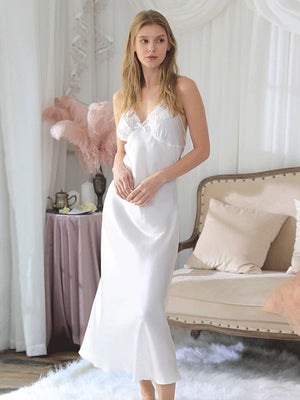Vietnamese Silk Dress: The Timeless Elegance of a Cultural Icon
- par {{ author }} wangfred
-

Imagine a garment so light it feels like a second skin, yet so intricately designed it tells centuries of stories. The Vietnamese silk dress is more than just clothing—it’s a canvas of history, artistry, and national pride. From the bustling streets of Hanoi to international fashion runways, this iconic attire has transcended generations, blending tradition with modernity in a way that few cultural garments can. What makes it so enduringly captivating? Let’s unravel the threads.
The Historical Roots of Vietnamese Silk Dressing
Silk weaving in Vietnam dates back over 2,000 years, with early techniques influenced by Chinese artisans. By the 17th century, Vietnamese silk had carved its own identity, celebrated for its delicate textures and vibrant dyes. The Nguyen Dynasty (1802–1945) elevated silk to a symbol of royalty, commissioning robes adorned with dragon motifs and lotus patterns. Colonial French rule later introduced European tailoring techniques, merging them with traditional aesthetics to create the precursor of today’s silk dress.
The Art of Silk Weaving in Vietnam
Creating a Vietnamese silk dress begins with the meticulous process of sericulture. Silkworms are nurtured on mulberry leaves, their cocoons harvested and boiled to extract raw silk threads. These threads are then dyed using natural ingredients like indigo, turmeric, and betel nut. Regions like Ha Dong and Van Phuc are famed for their weaving villages, where artisans use wooden looms to craft fabric with intricate lacquer gloss finishes or subtle matte textures. A single meter of premium silk can take weeks to produce.
Symbolism in Design and Patterns
Every Vietnamese silk dress is a tapestry of meaning. Common motifs include:
- Lotus flowers: Symbolizing purity and resilience
- Bamboo stalks: Representing integrity and flexibility
- Cranes: Embodying longevity and grace
The Modern Revival of Vietnamese Silk Dresses
While rooted in tradition, the Vietnamese silk dress has embraced contemporary trends. Designers experiment with asymmetrical cuts, bold color contrasts, and minimalist patterns. Eco-conscious practices are also rising, with organic dyes and zero-waste production gaining traction. Global celebrities and influencers have spotlighted the dress, cementing its status as a red-carpet staple. Yet, its essence remains unchanged—a tribute to Vietnamese identity.
Why the Vietnamese Silk Dress is a Wardrobe Essential
Beyond its beauty, the dress offers unmatched versatility. It transitions seamlessly from daytime elegance to evening glamour. The fabric’s breathability makes it ideal for tropical climates, while its durability ensures years of wear. For travelers, donning a silk dress is a gesture of cultural appreciation; for locals, it’s a source of pride. In a world of fast fashion, this garment stands as a sustainable, timeless choice.
From ancient looms to modern ateliers, the Vietnamese silk dress embodies resilience and reinvention. It’s not just a piece of clothing—it’s a legacy woven thread by thread. Ready to discover how this cultural masterpiece can transform your wardrobe and connect you to a rich heritage? The journey begins with a single stitch.


